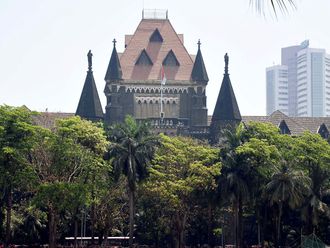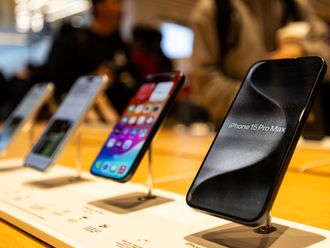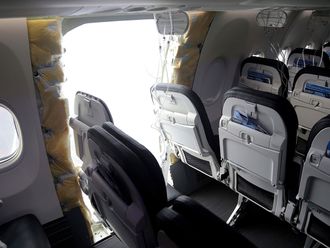SYDNEY: Australian central bank Governor Philip Lowe said he expects “a period of stability” in interest rates and suggested further cuts could push already high household debt to “dangerous” levels.
“The issue we’re discussing, internally, is how much extra fragility would that mean in the economy with household debt already at a record high,” Lowe said in testimony to a parliamentary panel Friday in Sydney. “Is it really in the national interest to get a little bit more employment growth in the short run at the expense of creating vulnerabilities which would become quite dangerous in the medium term?”
Lowe has kept rates unchanged at a record-low 1.5 per cent since taking the helm in September, resisting calls for further easing in response to weak inflation. He’s concerned further cuts will send already stratospheric Sydney house prices even higher and encourage riskier lending and borrowing to finance purchases and threaten financial stability.
Discussing considerations for policy, Lowe said further easing in the current environment “would mainly work to get people to borrow more. And when they borrow more that will probably push up house prices even more, because they’ll mainly be borrowing for the purposes of housing, not to fund more consumption.”
Stronger Growth
The Reserve Bank of Australia predicts the economy will accelerate to an above-trend 3 per cent this year spurred by resource exports and a diminishing drag on growth from falling mining investment. The problem is iron ore and natural gas shipments require limited labour, meaning the jobless rate is likely to remain close to its current levels and underemployment high.
Unemployment is “a bit high, it’s not terribly high,” and inflation is “a bit low,” Lowe said, setting out the challenges policymakers face. Unemployment has ranged between 5.6 per cent and 6 per cent in the past year.
“So an argument could be made — people argue this, including people on my own staff argue this — well we could have lower interest rates today to try and encourage a bit stronger growth in employment. Get the unemployment rate down a bit and get inflation up a bit quicker,” he said. “So that’s a respectable line of argument.”
Earlier, in his opening statement, Lowe discussed the different phases of activity in the property market.
“The picture remains quite complicated,” the RBA chief said. “In parts of the country that have been adjusting to the downswing in mining investment or where there have been big increases in supply of apartments, housing prices have declined. In other parts, where the economy has been stronger and the supply-side has had trouble keeping up with strong population growth, housing prices are still rising quickly.”
Low Inflation
Australia is still grappling with weak wage growth, low inflation and excess capacity in the labour market. While there are signs of global reflation as commodity prices gain, the return of consumer-price growth to the RBA’s 2 per cent to 3 per cent target is forecast to take some time.
“We do not expect the rate of inflation to fall further,” Lowe said. “Our judgement is that there are reasonable prospects for inflation to rise towards the middle of the target over time. The recent improvement in the global economy provides some extra assurance on this front.”
Questioned on the exchange rate, the governor reiterated it was hard to say the Aussie is fundamentally overvalued, while adding he would prefer to see it lower rather than higher. The currency has risen almost 7 per cent this year in response to higher commodity prices. It fell 0.2 per cent to 77.04 US cents at 1.31pm in Sydney.
Lowe reiterated that the RBA sees the current setting of the cash rate consistent with achieving sustainable growth and getting inflation inside its target.
— Bloomberg












